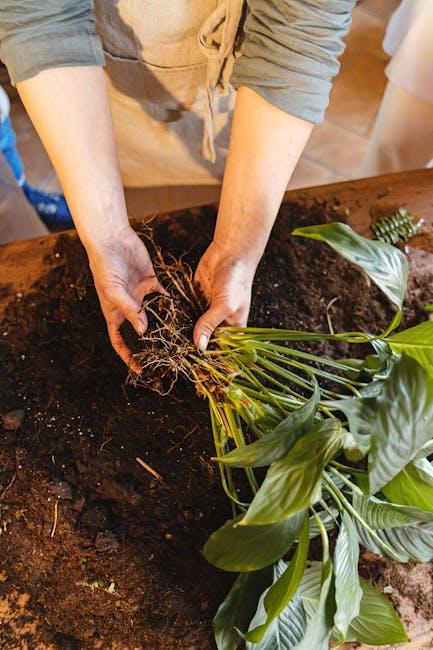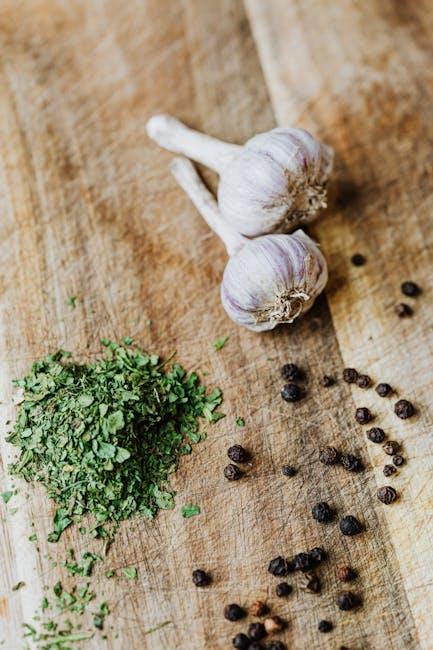In the heart of every kitchen lies a treasure trove of potential-discarded peels, stems, and seeds that often find their way to the compost bin or garbage can. Yet, these humble kitchen scraps hold a secret power, whispering stories of creativity and resourcefulness. Creative reuse of kitchen scraps is more than just a frugal practice; it’s a pathway to innovation, sustainability, and a deeper connection with the food we consume. From turning citrus peels into fragrant cleaners to transforming vegetable remnants into flavorful broths, the possibilities are as abundant as the scraps themselves. This article explores how what we usually toss away can become the seeds of imaginative new beginnings in our homes and lives.
Harvesting Hidden Flavors from Citrus Peels and Herb Stems

When it comes to maximizing flavor, many overlook the concealed treasures nestled within common kitchen scraps like citrus peels and herb stems. Instead of discarding these parts, transform them into aromatic enhancers that elevate your cooking with minimal effort. Citrus peels, for example, retain vibrant oils that infuse dishes and drinks with bright, tangy notes. By drying or candying them, you can craft zesty garnishes or natural flavor bombs for teas and cocktails. Herb stems, often discarded, offer deeply herbal undertones perfect for making broths, pestos, or homemade seasoning blends.
Try these creative uses to unlock hidden tastes:
- Simmer citrus peels and herb stems in vinegar for a flavorful natural cleaner or a salad dressing base.
- Create infused syrups by boiling peels with sugar and water-ideal for desserts and beverages.
- Add chopped herb stems to soups and stews then strain them for a subtle yet complex flavor boost.
- Dry and grind peels into a zesty spice mix to sprinkle over roasted veggies or grilled meats.
| Scrap | Flavor Use | Preparation Tip |
|---|---|---|
| Lemon Peel | Baking zest, infused oils | Thinly slice and dry |
| Orange Peel | Tea infusions, cocktail garnish | Candy with sugar for sweetness |
| Rosemary Stems | Broths, herb butters | Simmer and strain before use |
| Thyme Stems | Pesto, sauces | Chop finely for cooking |
Turning Vegetable Scraps into Flavorful Homemade Broths
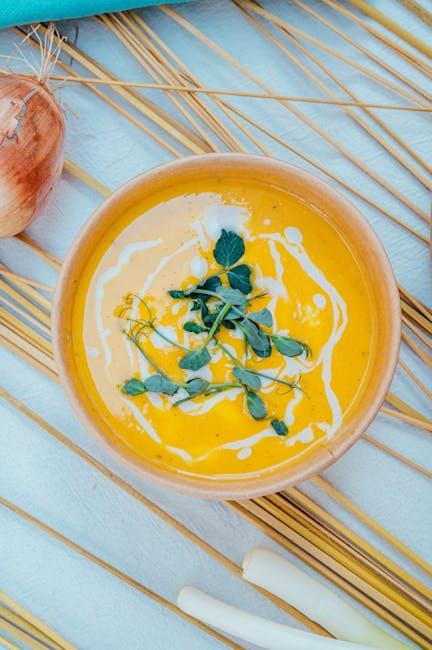
Transforming vegetable scraps into rich, homemade broth is one of the smartest ways to give your kitchen waste a second life. Rather than tossing peels, ends, and leaves in the compost, gather these flavorful bits and simmer them gently with water and a few herbs. The result is a deeply nourishing liquid that serves as a foundation for soups, stews, risottos, and sauces. Common scraps for broth-making include onion skins, carrot tops, celery leaves, garlic peels, and mushroom stems. Simply store these scraps in a bag in your freezer until you have enough to fill a pot, then let the magic unfold on the stove.
To elevate your broth further, consider these tips:
- Roast your scraps before simmering to intensify the flavor profile.
- Add whole spices like bay leaves, peppercorns, or thyme sprigs.
- Adjust simmer time depending on the vegetable mix-leafy greens need less time than root vegetables.
- Strain and cool your broth thoroughly before refrigerating or freezing.
| Vegetable Scraps | Flavor Profile | Best Use |
|---|---|---|
| Onion skins | Rich, caramelized | Soups, stews |
| Carrot tops | Earthy, sweet | Vegetable broth base |
| Celery leaves | Herbaceous, crisp | Stocks, sauces |
| Garlic peels | Subtle, aromatic | Flavor enhancer |
Transforming Fruit Leftovers into Natural Sweeteners and Snacks
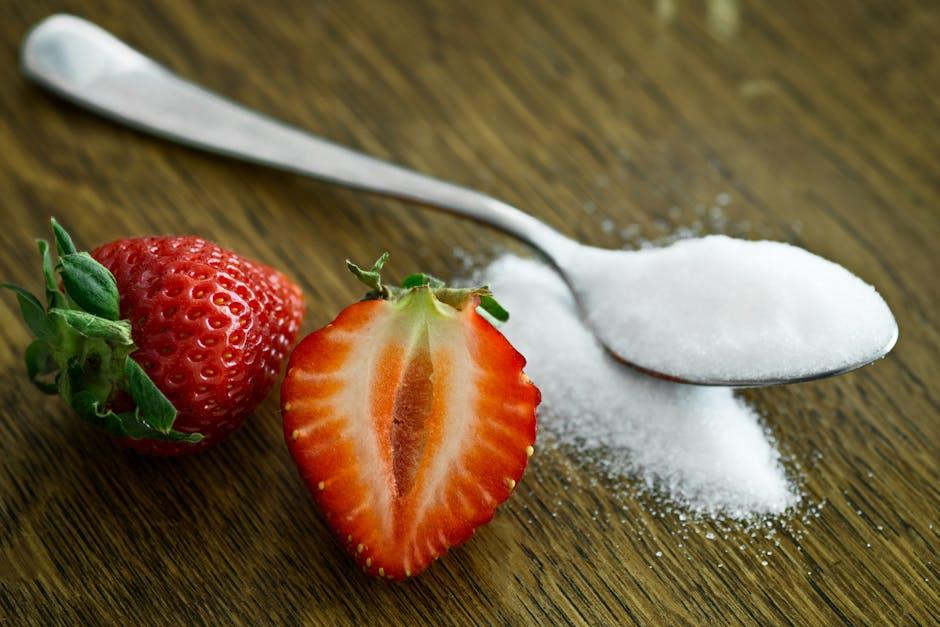
Fruit scraps often end up discarded, but with a bit of creativity, these remnants can shine as delicious natural sweeteners and wholesome snacks. For instance, citrus peels can be candied or transformed into zesty sugar infusions, perfect for enhancing desserts and beverages. Overripe bananas, instead of being tossed, are excellent when baked into chips or blended into smoothies, adding natural sweetness without any additives. By embracing these uses, we not only reduce waste but also unlock unexpected flavors and textures that brighten up everyday recipes.
Here are a few simple ideas to get started:
- Apple cores and peels: Boil with cinnamon to create a fragrant syrup or jelly.
- Watermelon rinds: Pickle for a tangy, crunchy snack or blend into refreshing juices.
- Berry stems: Simmer down with sugar to make a vibrant coulis or drizzle.
| Fruit Part | Transformation | Use |
|---|---|---|
| Citrus Peels | Candied | Sweet snack, garnish |
| Banana Skins | Baked Chips | Healthy nibble |
| Apple Cores | Syrup or Jelly | Smoothies, toast |
Eco-friendly Composting Techniques for a Greener Kitchen Garden
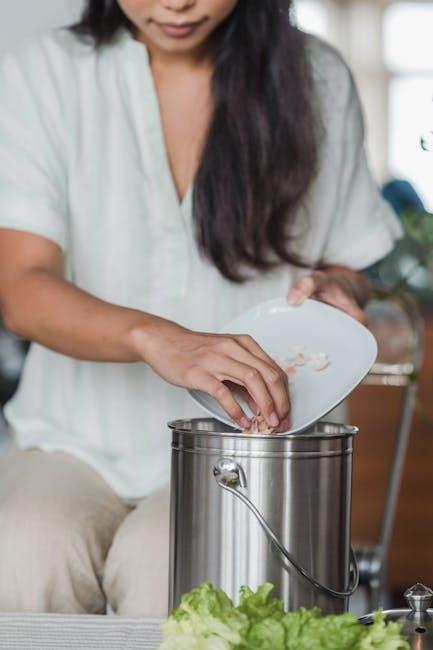
Transforming kitchen scraps into nutrient-rich compost is a brilliant way to nurture your garden while reducing waste. Start by collecting organic leftovers such as fruit peels, coffee grounds, eggshells, and vegetable trimmings. These components serve as excellent “greens” packed with nitrogen, essential for enriching the compost pile. To balance the mix, combine these with “browns” like dried leaves, shredded newspaper, or cardboard. Avoid throwing in meat, dairy, or oily foods, as they can attract pests and slow down decomposition. By layering these materials properly and turning the pile regularly, you create an ideal environment where microbes thrive, breaking down scraps into dark, crumbly soil that your plants will love.
Beyond basic composting, kitchen scraps can be creatively reused in other eco-friendly ways to boost your kitchen garden’s vitality. Consider making vermicompost using worm bins, where earthworms rapidly transform waste into rich castings brimming with microbes and nutrients. Citrus peels can be dried and ground to create natural pest repellents, while leftover vegetable water makes an invigorating liquid fertilizer that infuses growth into your seedlings. Even stale bread or crumbs can be used as mulch or mixed into compost heaps to improve aeration and moisture retention. These inventive methods turn everyday scraps into valuable garden resources, fostering sustainability and cutting down household waste.
Concluding Remarks
As the peel of yesterday’s apple transforms into tomorrow’s compost, the story of kitchen scraps reminds us that creativity lives in the smallest details. By reimagining what might seem like waste, we invite sustainability and innovation to dance together in our daily rituals. So next time you stand over your countertop, take a moment to see not scraps, but potential-because in the art of creative reuse, every leftover can find a new purpose, turning the ordinary into something wonderfully resourceful.








